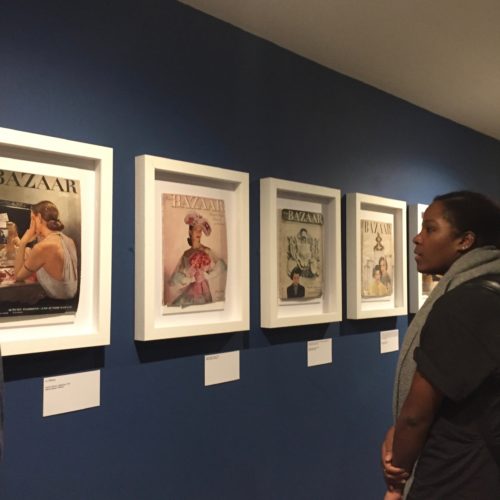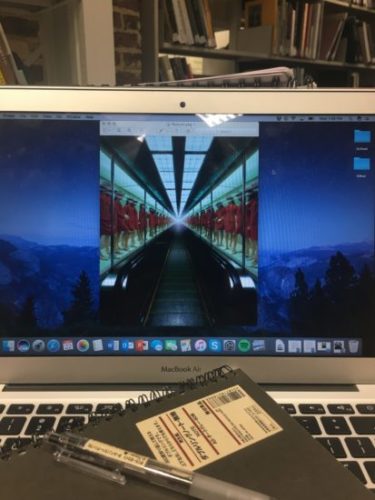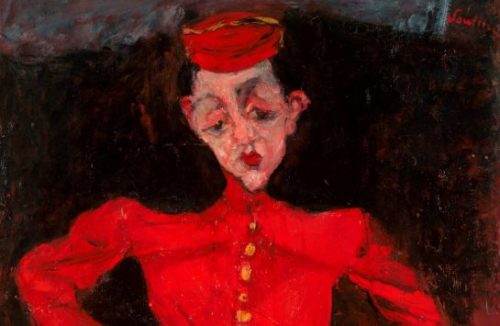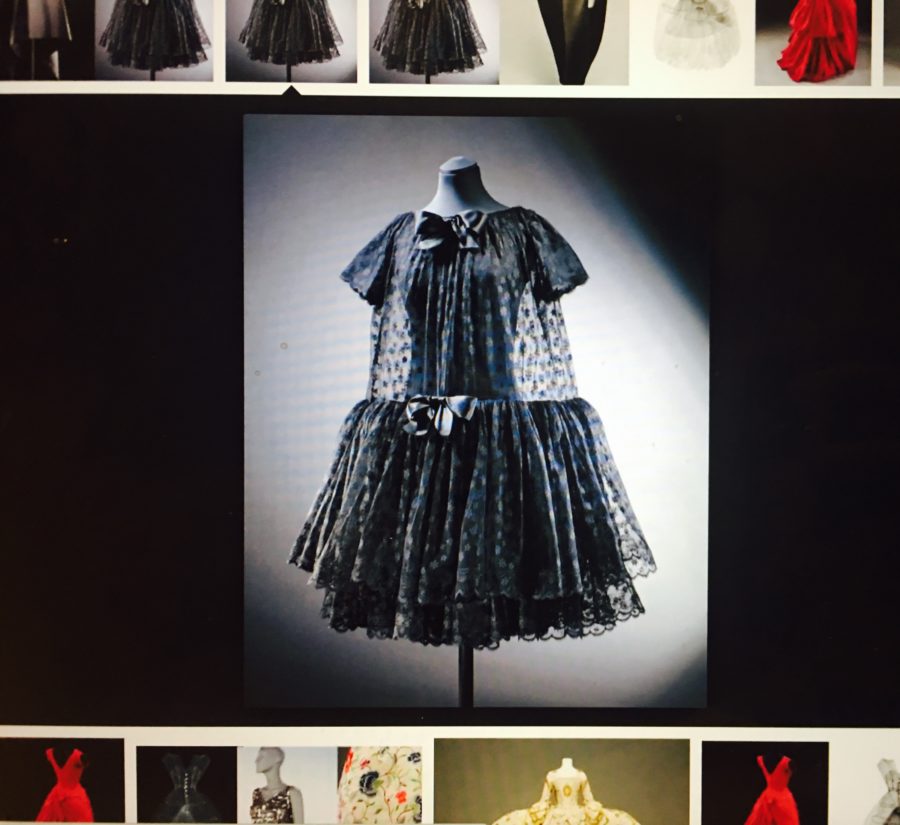As a wearer of vintage clothing, I come across numerous interesting garment labels. Some are minimalistic, some are extravagant, some quirky and some plain. One recurrent theme I have found on my clothing is that of the union workers label. I have two items which feature the label of the International Ladies’ Garment Workers’ Union, or ILGWU, and one for the United Garment Makers of America, or UGMA.

The ILGWU was created in New York in 1900 and lasted until 1995, when the decline of American-made garments necessitated the merging of fabric worker unions. ILGWU merged with the Amalgamated Clothing and Textile Workers Union to form UNITE. UGMA was founded in New York in 1891 and similarly survived until its merging with the United Food and Commercial Workers union in 1994.

Purchasing union-made garments was a source of patriotic pride throughout the twentieth century. A consumer of union products supported, whether inadvertently or conscientiously, the cause of fair wages and safe working conditions. Their purchase also directly supported the consumer’s countrymen and women and the national economy. Union labels meant more than that a garment was simply a product of American labour, however. Many labels from both the ILGWU and UGMA include a unique code made up of numbers and letters which identify the specificities of an item’s production. With this code, a consumer could hypothetically locate and contact the exact union member who created his or her garment. This was vital in emphasising that clothing items were created by specific human beings. It could potentially have reminded consumers — distanced from the creation of clothing by ready-to-wear in the mid-twentieth century and fast fashion at the end of the century — that behind their clothes were living, breathing, tax-paying individuals who deserved fair wages and recognition, however minor, for their hard work.

The concepts of union labels and unique item codes have been largely lost today, as the majority of garments are exported to places without unions in order to reduce production costs. When you look at, say, the jumper from Primark and the jeans from Topshop which you were given for Christmas, chances are their tags will name foreign countries of origin, lands which most of us have never visited. The distance we feel from the people creating the clothes we wear is recreated and perpetuated by this physical global distance from where our clothes are manufactured.
For more information:
http://ilgwu.ilr.cornell.edu/history/index.html
http://digitalcollections.library.gsu.edu/cdm/
All photos belong to the author.

































